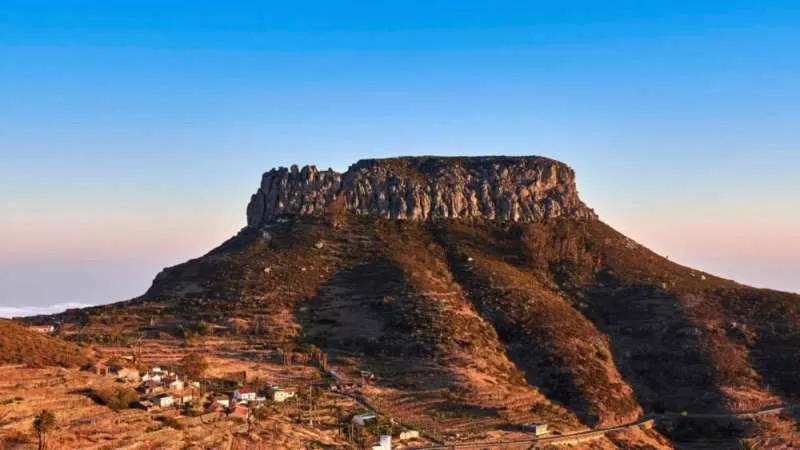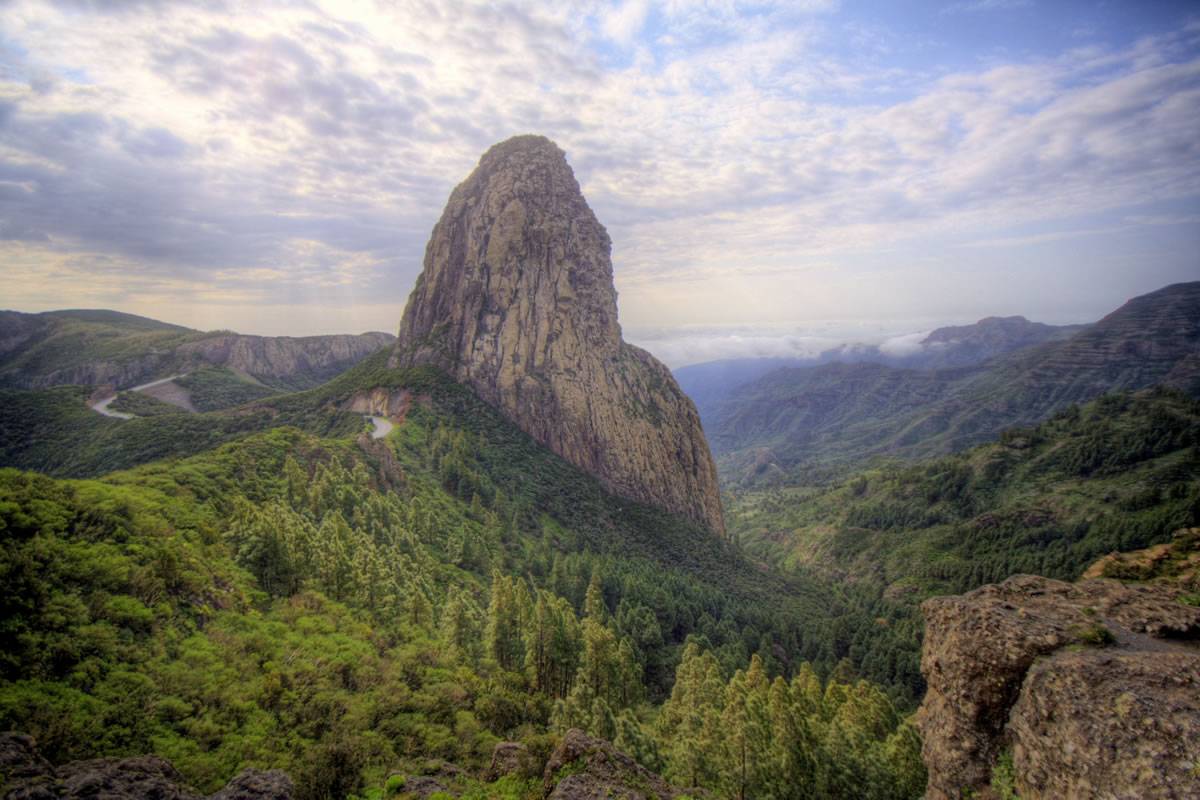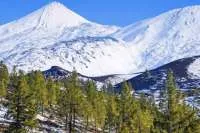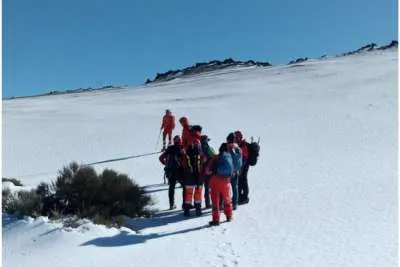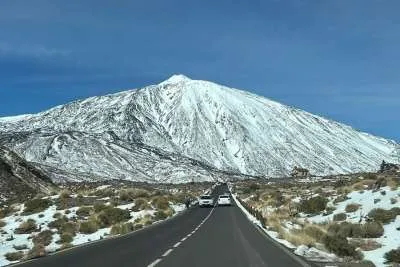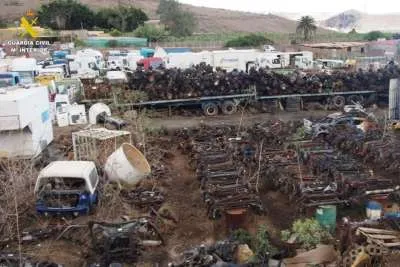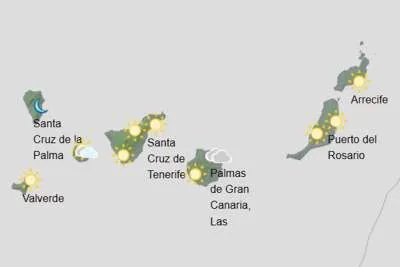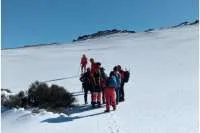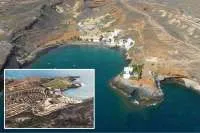This is the Canary Island with the least volcanic activity
- 11-12-2024
- Travel
- Canarian Weekly
- Photo Credit: Turismo de Canarias
The Canary Islands, famed for their volcanic origins, tell a captivating geological story that spans millions of years. Among them, La Gomera stands out as the island with the least volcanic activity, with no recorded eruptions for over a million years.
This extraordinary hiatus sets it apart from its neighbouring islands in the archipelago, which have all experienced recent volcanic episodes.
The origins of the Canary Islands date back approximately 20 million years when Lanzarote and Fuerteventura emerged from the Atlantic Ocean. The formation continued with Gran Canaria around 15 million years ago, followed by Tenerife and La Gomera between 10 and 12 million years ago. La Palma and El Hierro, the youngest members of the archipelago, appeared only one to two million years ago.
Volcanic activity remains a defining feature of the Canary Islands. Recent eruptions, such as the 2021 Cumbre Vieja eruption in La Palma and the 2011 submarine eruption off El Hierro, highlight the continuing dynamism of the region. These eruptions are driven by a "hotspot" of intense heat beneath the Earth's crust, which has shaped the islands' east-west orientation.
The Unique Case of La Gomera
According to Itahiza Domínguez, a seismologist from the National Geographic Institute (IGN), La Gomera’s lack of volcanic activity for over a million years makes it the least active island in the Canary archipelago.
Despite its proximity to the volcanic hotspot, La Gomera has entered a phase of prolonged volcanic dormancy. This quiescence has allowed significant erosion, creating the island's dramatic ravines and steep terrain.
Domínguez notes that erosion processes have transported materials from La Gomera to its surrounding seabed, forming visible platforms similar to those around Gran Canaria, Fuerteventura, and Lanzarote. In contrast, islands such as Tenerife, La Palma, and El Hierro have steep underwater cliffs, reflecting their more active volcanic stages.
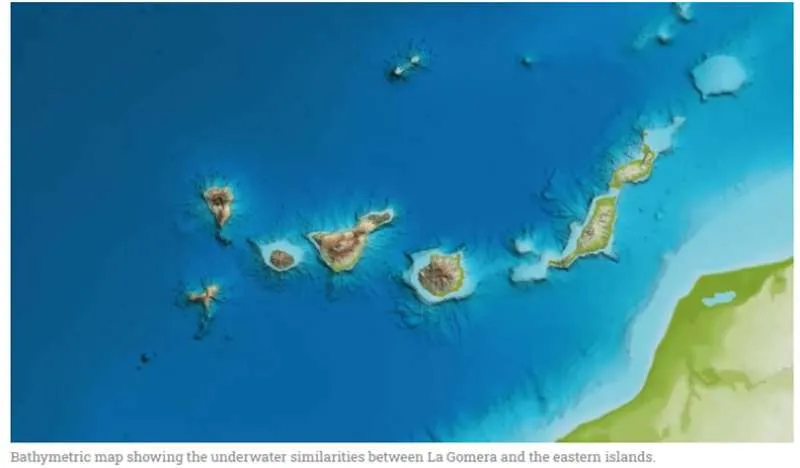
Volcanic Cycles Across the Archipelago
Over the past 500 years, the Canary Islands have witnessed 18 volcanic eruptions, predominantly concentrated in the western islands closer to the hotspot. Each island is at a different stage in its volcanic lifecycle, which alternates between periods of growth and dormancy.
While Lanzarote, Fuerteventura, and Gran Canaria are moving further from the hotspot and experiencing reduced activity, La Palma and El Hierro remain in their initial growth phases, forming foundational volcanic shields.
La Gomera, however, has already surpassed this early stage and has been in a state of volcanic dormancy for more than a million years. This extended pause highlights its advanced stage in the volcanic lifecycle. Meanwhile, Tenerife occupies a unique position, being the only island currently undergoing a second phase of volcanic activity, after previously completing a lengthy period of inactivity similar to La Gomera's current phase.
A Natural Wonder Shaped by Time
La Gomera’s distinctive landscape, shaped by erosion rather than recent eruptions, makes it a geological gem within the Canary Islands. Its rugged terrain and deep ravines are testaments to millions of years of natural sculpting, offering a stark contrast to the more volatile, youthful islands nearby.
This long period of calm has allowed La Gomera to evolve into a tranquil haven, rich in biodiversity and natural beauty. While the volcanic forces that created the Canary Islands continue to shape their destiny, La Gomera remains a unique chapter in this ongoing geological saga.
